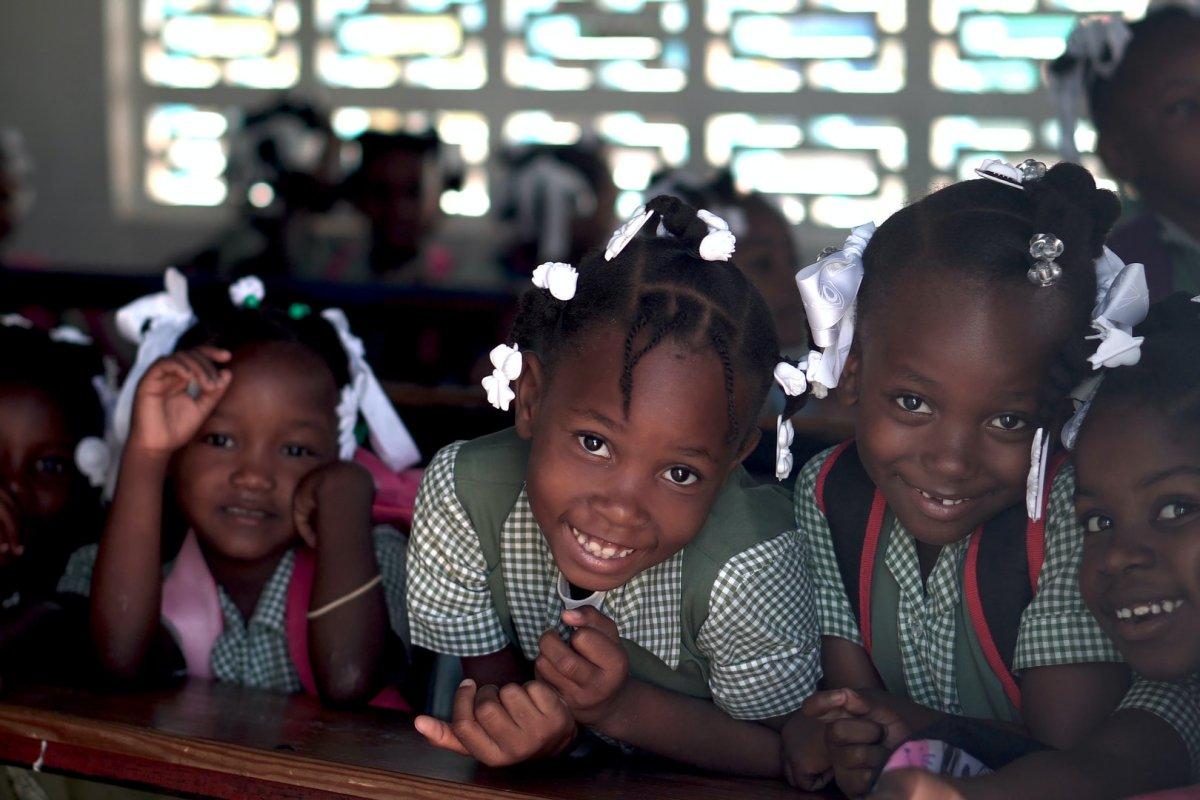13 Zimbabwe Education Facts [100% true]
Did you know that local dialects are taught in Zimbabwean primary schools? Or that there is a final exam to complete each school cycle in Zimbabwe?
Discover everything through these 13 interesting Zimbabwe education facts! 🇿🇼 🎓
The Best Facts About School in Zimbabwe
Zimbabwe is a landlocked country in the southern part of Africa, which means it is not connected to an ocean. It is bordered by South Africa, Botswana, Zambia, and Mozambique. Its capital city is Harare, which has more than 2,013,000 inhabitants.
An interesting part of the country that I wanted to tackle is its education. In light of that, I have listed my 13 best facts about the education of Zimbabwe, and I hope you will love them:
1. The Zimbabwean government invests a lot in its education, but funds are poorly divided
The country of Zimbabwe is facing significant challenges regarding its education.
One of the things the government is doing to solve this problem is allocating a lot of its budget toward the educational sector, but funds are poorly divided: more than 93 percent is dedicated to employment and human resources.
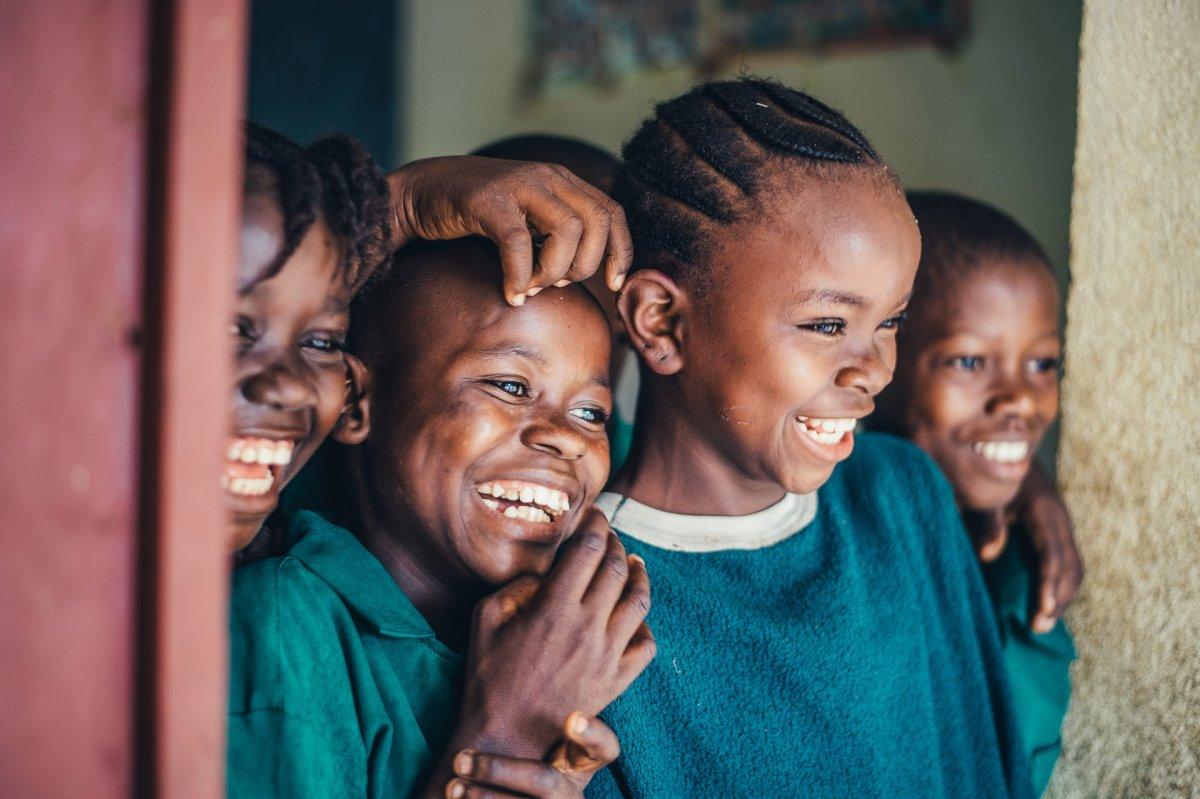
2. 1979 introduced the Education Act in Zimbabwe
1979 was an incredibly important year for the country of Zimbabwe: at that time, the Education Act was introduced.
While it first abolished compulsory education, the government quickly instated compulsory universal primary education, for every school-aged child.
3. There was no enforcement to make sure children were going to school in Zimbabwe
When the 1979 Education Act was introduced, the government was afraid many Zimbabweans would still ignore their education, and keep working inside their household instead.
This is due to the fact that they could not enforce their policy, especially in isolated rural areas.
4. The results of the 1979 Education Act were drastic
Even though there was no enforcement whatsoever, the results were very unexpected: the enrollment rates exploded; so much in fact, that all of the secondary, tertiary, and higher education systems were saturated after a few years.
Enrollment in primary school is also very high.
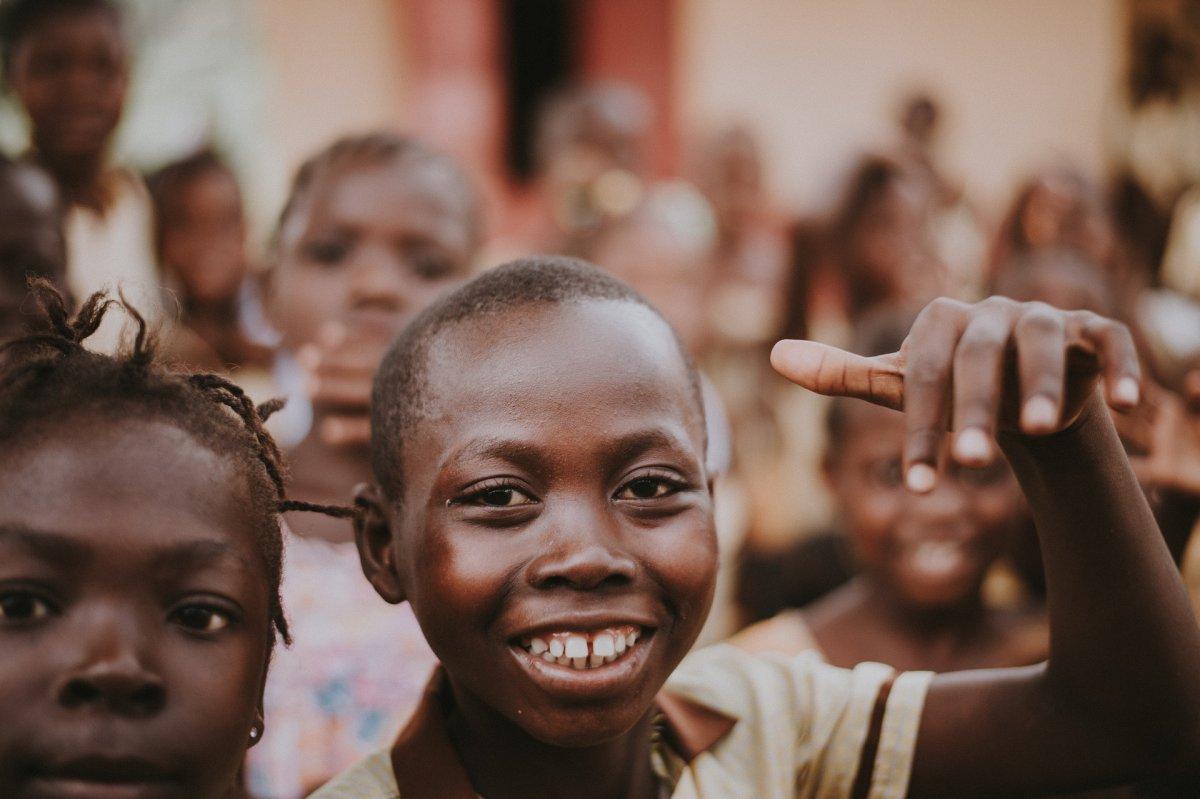
5. The Zimbabwean government was not ready for the increase in enrollment rates
Not only was the Zimbabwean government not expecting the huge increase in enrollment rates, but it was factually not ready. There were not enough spaces for students.
As a result, the shortage of available spaces created a strict competition for the students that actually made it.
6. Zimbabwe has made tons of progress in terms of racial integration
Ever since Zimbabwe claimed its independence, racial integration was always an issue.
In education though, the country has made tons of progress in terms of racial integration, throughout the decades. Only some private institutions are not involved in this progress.
7. The Zimbabwean education system model was also changed in 1979
Yet another change that the 1979 Education Act introduced to Zimbabwe is the education system as a whole.
Before that, it used to be an 8+4+2+4 model, and it is now a 7+4+2+4 model, even though the last 4 years (higher education) are definitely not for everyone.
8. Primary and secondary schools are focused on egalitarian values in Zimbabwe
The main subjects in Zimbabwean primary and secondary schools are ideology, science, technology, and mathematics.
The country teaches its youth with this curriculum in hopes to form a united, non-racial, and egalitarian society that encourages critical thinking and mutual respect.
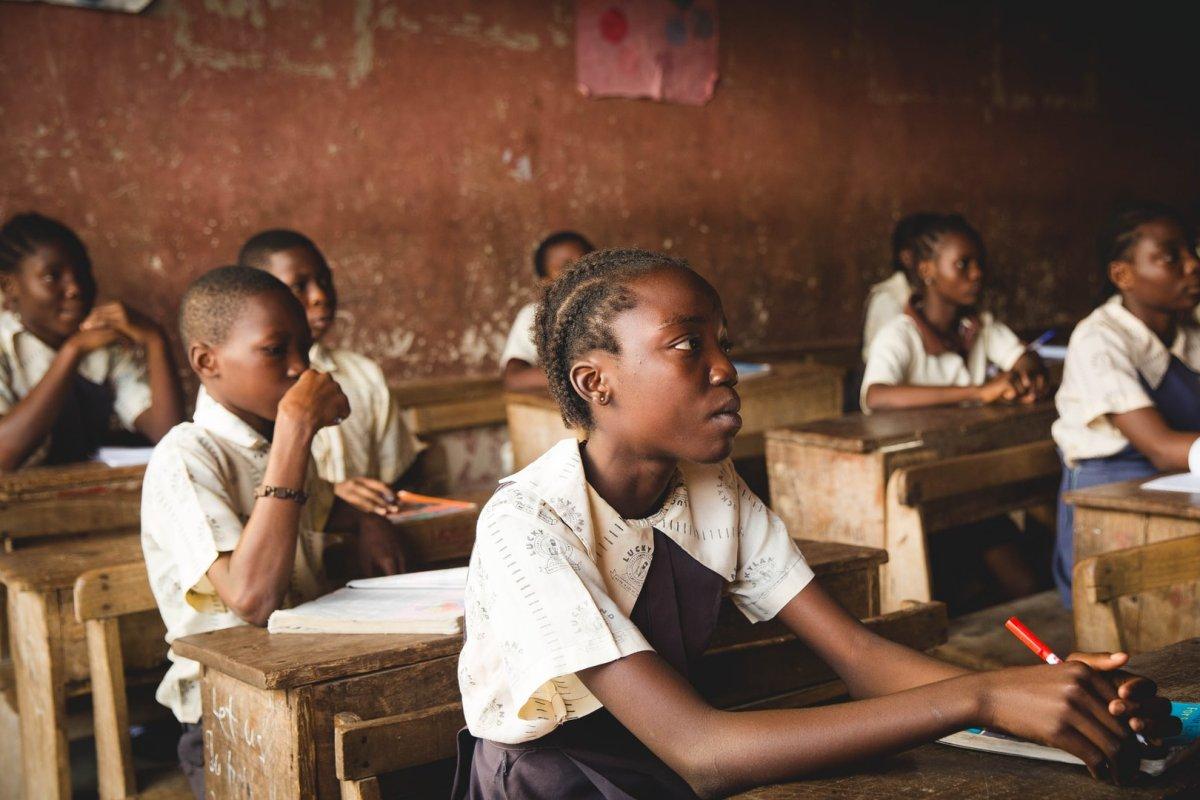
9. As egalitarian as the Zimbabwean society wants to be, there are still discrepancies in the education system
Considering what I just told you, you might think of Zimbabwe education system as a perfectly equalitarian place.
The reality is very different though: the curriculum is still highly academic and elitist, and the selection process is quite restrictive, especially for higher education.
10. The Zimbabwean education system is exam-oriented
Transition rates are still a major issue in Zimbabwe. Students who complete primary education rarely pursue their studies in secondary school, and that is the same for higher education.
This is mostly because of the education system in the country: every cycle is concluded with a national school-leaving examination.
11. Indigenous languages are taught during primary school in Zimbabwe
While the official medium of instruction in Zimbabwe is English, indigenous tribal languages are still very important.
In fact, most children will speak Kalanga, Tonga, Shangaan, Venda, or Nambya with their families. These languages are taught during the first three years of elementary education.
12. There are huge gender disparities in the Zimbabwean education system
Just like many other African countries, Zimbabwe suffers from gender disparities.
Despite the fact that gender equality is a constitutional right, girls are severely left apart. Only 48.8 percent of females achieved secondary education, compared to 62 percent of males.

13. Teachers are working in very poor conditions in Zimbabwe
Over the past years, thousands of Zimbabwean teachers have gone on strikes or even left their profession because of low salaries, poor working conditions, and violence.
More specifically, in the 2000s, teachers in Zimbabwe were one of the lowest-paid professions: they were receiving $10 for every 3 months of working!
So there you have them, these were all my 13 interesting facts about Zimbabwean education. I hope you enjoyed them and that you learned something new today.
In case you want to learn more about the rest of the country, feel free to keep reading, as I still have lots of things to tell you about:
Zimbabwean School Hours
Let’s keep going with our next part, dedicated to Zimbabwean school hours. The typical school schedule in one country can often be very different from your own, and it’s always interesting to have more details on how students go on about their day.
Zimbabwe Primary School Schedule
In Zimbabwe, the education system is based on a 7+4+2 model. Preschool is optional, and it is followed by 7 years of primary school, and 6 years of secondary school, divided into two cycles: one that lasts for 4 years, and the other for 2 years.
The typical school year is divided into two terms: the first one runs from January to December. There are three 1-month holidays throughout the year: April, August, and December.
Zimbabwean High School Schedule
Secondary education is not funded by the government in Zimbabwe. There are private boarding schools though.
The main topics that students will learn about are mathematics, English, science, geography, and history.
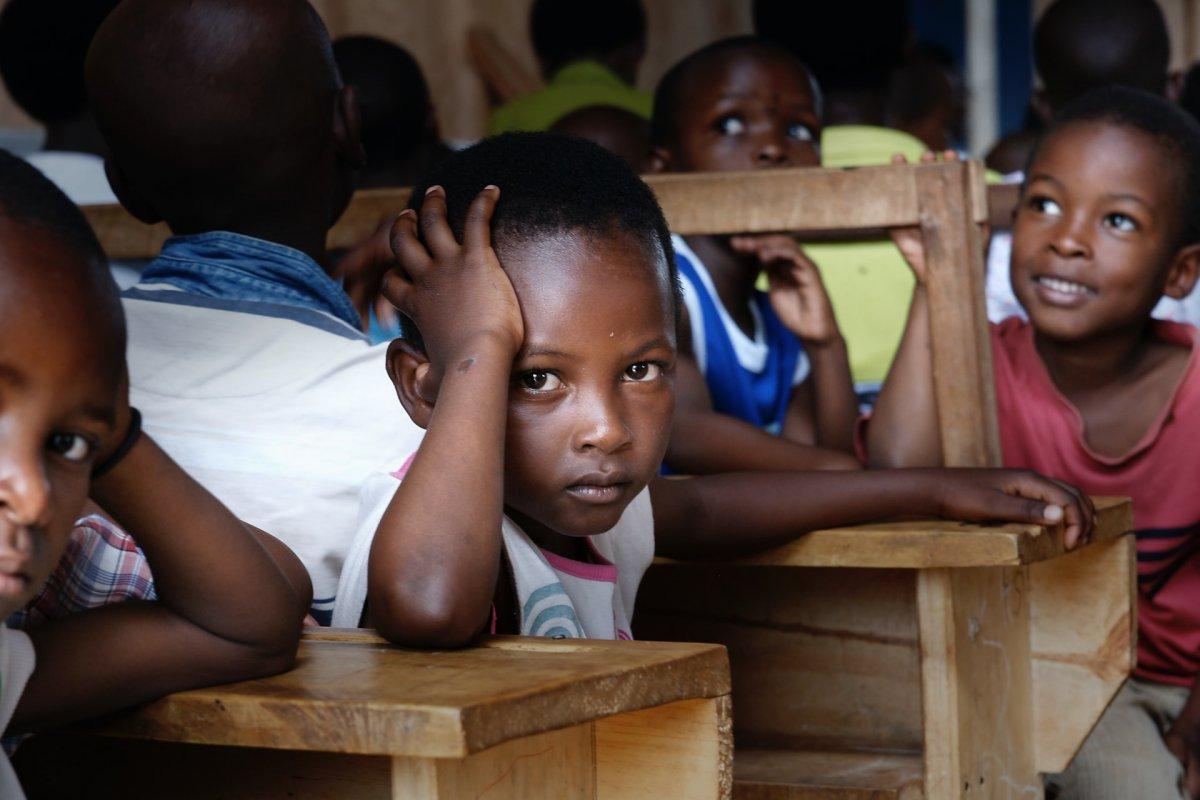
General Facts About Schooling in Zimbabwe
This last part is dedicated to general facts about schooling in Zimbabwe. More specifically, we’ll check 2 key figures that will give you a better understanding of the education level in Zimbabwe.
Enrollment in tertiary education for Zimbabwe: 5.87%
(Average for regions: Sub-Saharan Africa: 8.6% | South Asia: 20.8% | Arab States: 36.4% | East Asia: 36.5% | Latin America: 43.3% | Europe and Central Asia: 62% | North America: 84%)
Data from World Bank EdStats/UNESCO
Zimbabwe literacy rate: 87%
(Average for regions: Sub-Saharan Africa: 65.3% | South Asia: 72.9% | Arab States: 79.4% | Latin America: 93.7% | East Asia: 95.8% | Europe and Central Asia: 98.5%)
Data from World Bank EdStats/UNESCO

More Education Facts!
Do you want even more education facts about other countries?
Check out these facts:
Or click here to see ALL the education facts up on the blog!
The Full List of 13 Zimbabwean School Facts
- The Zimbabwean government invests a lot in its education, but funds are poorly divided
- 1979 introduced the Education Act in Zimbabwe
- There was no enforcement to make sure children were going to school in Zimbabwe
- The results of the 1979 Education Act were drastic
- The Zimbabwean government was not ready for the increase in enrollment rates
- Zimbabwe has made tons of progress in terms of racial integration
- The Zimbabwean education system model was also changed in 1979
- Primary and secondary schools are focused on egalitarian values in Zimbabwe
- As egalitarian as the Zimbabwean society wants to be, there are still discrepancies in the education system
- The Zimbabwean education system is exam-oriented
- Indigenous languages are taught during primary school in Zimbabwe
- There are huge gender disparities in the Zimbabwean education system
- Teachers are working in very poor conditions in Zimbabwe
Share the knowledge! Click on the buttons below to share these Zimbabwe education statistics and facts with your friends, and help them learn more about the world 🙂

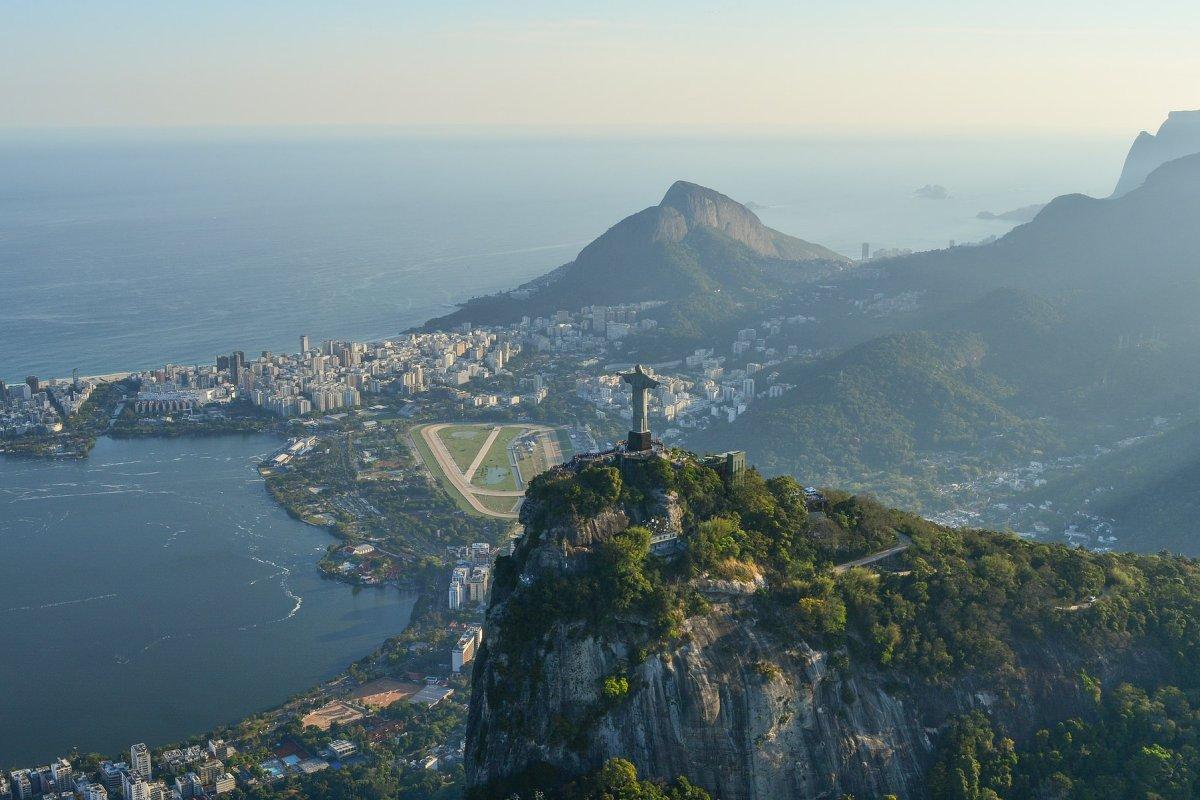
![17 Must-Read Ireland Education Facts [100% true]](https://www.kevmrc.com/wp-content/uploads/2022/05/17-ireland-education-facts.jpg)
